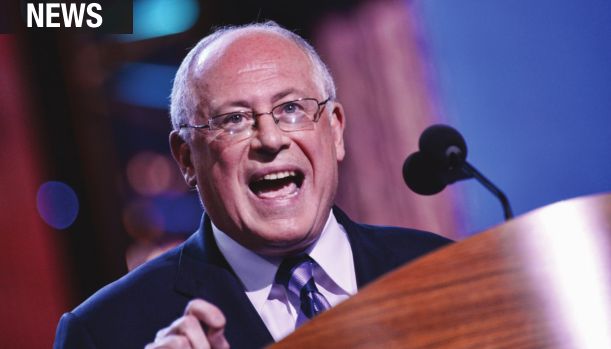
Quinn pledges investment in ‘Illinois’ littlest’
KIDS | Lauren P. Duncan
If Gov. Pat Quinn includes money in his budget to fund early childhood education, Springfield’s District 186 may be able to narrow down its pre-kindergarten wait list to fewer than its present 150 waiting children.
Quinn announced during his Jan. 29 State of the State address his new Birth to Five Initiative, which involves ensuring mothers are receiving prenatal care, expanding early education opportunities and increasing parent support services such as the state’s home visiting program.
There was no announcement of any new programs. Rather the governor said that the initiative aims to connect families to the state’s existing programs. A spokesperson for Quinn later said additional early education centers could be opened.
“We have the foundation in place,” Quinn said. “Now is the time to get the job done for Illinois’ littlest.”
But details have not been released on how the connections will be funded. Child care providers and families may have to wait until the governor’s budget speech for addition details. It is clear, however, that early childhood education isn’t being funded at the same level as five years ago.
Funding for early childhood education declined by about $80 million between 2009 and 2013, according to the Illinois State Board of Education, which resulted in decrease of about 20,000 3-to-5-year-old children the state can serve.
Kathy Davis, pre-K coordinator for District 186, said although she hasn’t heard anything about the initiative beyond Quinn’s speech, she was encouraged by the attention being placed on early childhood education. The district’s funding has been kept flat or diminished over the last several years, she said. In 2005, the district’s pre-K program served 720 children, but that number has declined to 600.
At the same time, though, Davis said there seems to be an increased interest in families wanting to enroll their children. More people have been attending development screenings for admission to the district’s pre-K programs, she said.
In addition to pre-K education, the district has been offering a home visiting program for the past 23 years. The program, for ages birth-tothree, includes meeting with pregnant mothers and helping connect them to resources, as well as meeting with families and helping parents learn ways to teach their children. Davis said the district works with 100 families who voluntarily sign up for the services.
Quinn’s announcement for the initiative to help expand early education and increase prenatal care connections came only a few weeks after the Governor’s Office of Management and Budget released its annual three-year budget projections on Jan. 1. The estimates show general fund shortfalls of $1.9 billion, $4.1 billion and $4.5 billion respectively over the next three years.
Those shortfalls are due in part to the scheduled Dec. 31 expiration of 2011’s temporary personal income tax increase. In his speech Quinn did not mention the projected decrease of the rate from 5 percent to 3.75 percent.
The shortfalls have caused Emily Miller, policy and advocacy director with Voices for Illinois Children, a group that characterizes itself as nonpartisan, to voice her concern that the overall budget decline could result in 20 percent across-the-board cuts, including education.
Miller noted that both Quinn’s remarks and President Obama’s statement at the State of the Union address about enhancing early childhood education are encouraging. Obama noted that 30 states increased their pre-K funding last year, although Illinois was not one of them.
“We’re going to have to wait and see... the budget address, to see what we’re talking about in terms of funding,” Miller said.
Contact Lauren P. Duncan at [email protected].